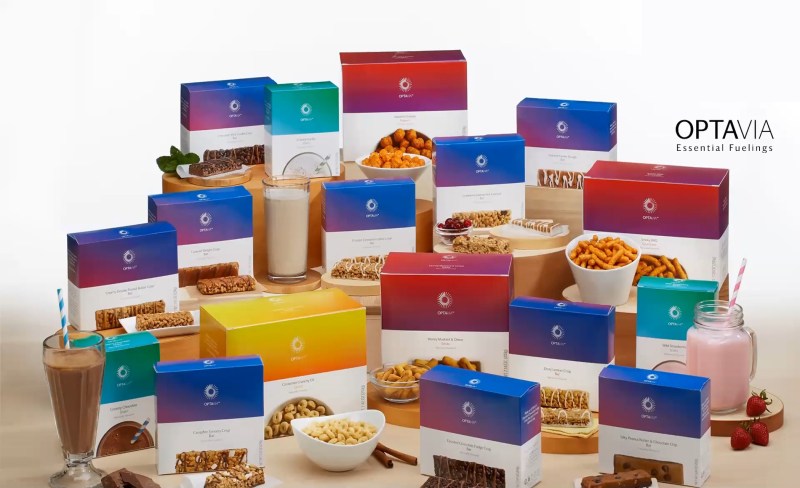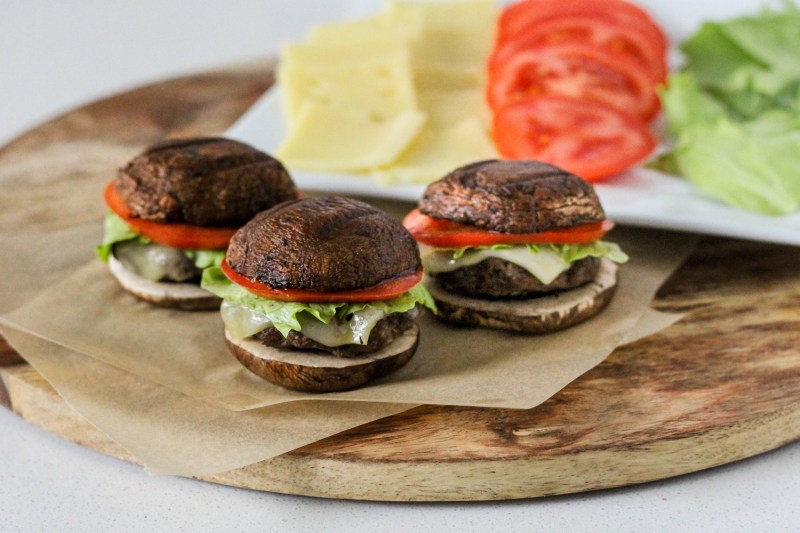With so many people looking to improve their health and lose weight, numerous diet techniques have been created and publicized. Each one claims to be the one that will make a difference for you, so it is hard to know what is true. You may have tried to simply “eat healthier” but need more guidance to see real change.
This is where the Optavia diet could come in. So, what is the Optavia diet? It is a meal replacement plan and home delivery system that takes all the thinking out of dieting for you. Keep reading to learn more about how it works, as well as the pros and cons.
What is the Optavia diet?

The Optavia diet is based on a caloric-deficit, low-carb, programmed home delivery service that also has personalized coaching to help you lose weight. It offers its “Fuelings” in pre-packaged form as well as entree-based “Lean and Green” meals — lean protein options with non-starchy veggies and healthy fats.
The plans

Optavia offers a couple of different plans based on your individual needs and personal goals. Here is what they offer:
- Optimal Weight 5&1 Plan – The most popular plan, this version includes five Optavia Fuelings and one Lean and Green meal each day.
- Optimal Weight 4&2&1 Plan – For those who need more calories or flexibility in food choices, this plan includes four Optavia Fuelings, two Lean and Green meals, and one additional snack per day.
- Optimal Health 3&3 Plan – This plan is designed for maintenance. It includes three Optavia Fuelings and three balanced Lean and Green meals per day.
How it works

By selecting the plan that fits your goals and lifestyle, the Optavia diet tries establishing one lifelong healthy habit at a time in order to make this a lifestyle change. The first goal is achieving a healthy weight, which hopefully leads to healthier habits, like those listed below:
- Nutrition
- Sleep
- Movement
- Hydration
Meal plans are based around six meals per day, eating every 2 to 3 hours.
Pros of the Optavia diet

- Weight loss – Focusing on putting the client in a caloric deficit will result in overall initial weight loss.
- Personal 1-on-1 coaching – Any diet can have a caloric deficit for weight loss, but the additional help of an actual coach to help teach mindful habits can be very beneficial with the added bonus of extra accountability.
- Easy to follow – The diet is a home-based food delivery service that keeps it simple depending on which plan you are doing and makes sticking with it easy. No need to track or count, just reheat and eat.
Cons of the Optavia diet

- Long-term success rate – A 2017 study found that “commercial weight-loss programs consistently fail to produce modest but clinically meaningful weight loss with high rates of attrition, suggesting that many clients find dietary changes required by these programs unsustainable for long-term goals.”
- Sales pressure and costly – Just like any type of delivery service, there are additional costs for delivery and convenience. Then, there’s the whole added sales pitch built into the system as well.
- Highly processed – Any type of food that is prepackaged is going to be processed, which can lead to chronic inflammation and gut health issues.
- Long-term sustainability – Following Optavia’s most popular plan, the 5&1, an individual would consume roughly 800-1200 calories on average per day. That is not sustainable for most men in the long term. Great for initial weight loss but extremely worrisome with significant muscle loss.
Our take

While the diet does seem ideal for time efficiency and is definitely better than consuming McDonald’s three times a week, there is still plenty of room for improvement. The best diets are ones that have long-term success, don’t restrict food intake drastically, and have a much more well-rounded approach.
If you want an even better place to start, check out our take on some of the best diets available right now and see which one is best for you. Hint: They are the ones that have been around for decades and are sustainable long-term.
Frequently asked questions

Are condiments allowed on the Optavia diet?
Yes, specific condiments are allowed to help you spice up your meals. However, they need to be very low in calories to be compliant. You can have spices, herbs, lemon juice, lime juice, vinegar, mustard, and salsa. You want to avoid sauces like ranch, barbecue sauce, and mayonnaise, as the calories can add up quickly, and added sugars are often included as well.
Can you drink alcohol while following the Optavia diet?
Drinking alcohol is not recommended while you are on the Optavia diet. This is true with nearly every weight loss program, as alcohol can slow down progress. It contains empty calories and sugars that can quickly put you in a calorie surplus. If you do choose to drink anyway, try to stick with low-calorie spirits like vodka and tequila, as these contain less than 100 calories per shot.




